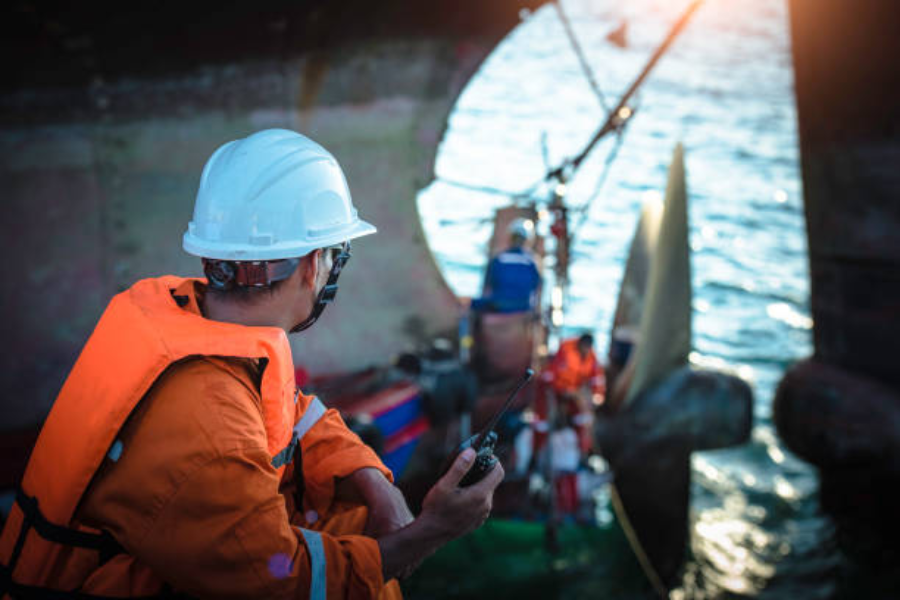The construction of jetties has significant implications for coastal ecosystems and marine life. As essential structures for various maritime activities, jetties are designed to provide safe docking, protect harbors, and facilitate navigation. However, their installation and presence can profoundly affect the surrounding environment. Understanding these impacts is crucial for mitigating negative effects and promoting sustainable practices. Jetty construction services, including those provided by JMC, play a pivotal role in balancing infrastructure development with environmental stewardship. Here is how jetty construction impacts marine life and ecosystems.
1. Alteration of Natural Water Flow
One of the most immediate impacts of jetty construction on coastal ecosystems is the alteration of natural water flow. Jetties can disrupt the natural movement of tides and currents, leading to changes in sediment transport patterns. This can result in increased erosion in some areas and sediment accumulation in others. The shift in sediment dynamics affects the habitats of various marine species, including fish, shellfish, and seabirds. Jetty construction services, such as those provided by JMC, must conduct thorough hydrodynamic studies to understand these impacts and design jetties that minimize disruption to natural water flows.
2. Impact on Marine Habitat
Jetties can have both positive and negative effects on marine habitats. On one hand, jetties can create artificial reefs and provide new habitats for marine life. The structure’s underwater components, such as piles and riprap, can serve as surfaces for the attachment of marine organisms like barnacles and algae, fostering the development of diverse marine communities. On the other hand, the construction process can damage or destroy existing habitats, particularly in sensitive coastal areas. Jetty construction services must carefully plan and implement strategies to mitigate these impacts, such as conducting pre-construction habitat assessments and employing techniques that reduce habitat disturbance.
3. Effects on Marine Life
The presence of a jetty can influence the behavior and population dynamics of marine species. For instance, jetties can alter fish migration patterns by changing the flow of currents and creating barriers. Certain species may find the structure beneficial, using it for shelter or feeding, while others may be displaced from their natural habitats. Additionally, the accumulation of pollutants and debris around jetties can negatively affect marine life. JMC, with its expertise in jetty construction services, works to design and build structures that minimize negative impacts on marine species by incorporating features that support biodiversity and reduce pollution.
4. Erosion and Sediment Accumulation
Jetty construction can lead to increased erosion and sediment accumulation in nearby coastal areas. The interruption of natural sediment transport processes often results in the accumulation of sediment on one side of the jetty while increasing erosion on the other. This can alter the coastal landscape and affect the stability of nearby shorelines. To address these issues, jetty construction services must incorporate effective sediment management strategies and erosion control measures. JMC employs innovative techniques to manage sediment flow and minimize erosion, ensuring that the jetty’s impact on coastal processes is managed responsibly.
5. Pollution and Water Quality
The construction and maintenance of jetties can contribute to pollution and affect water quality. During construction, materials, and machinery can introduce pollutants such as oil, chemicals, and debris into the marine environment. Additionally, the accumulation of pollutants and waste around the jetty can degrade water quality and harm marine life. Jetty construction services, particularly those provided by JMC, are committed to implementing best practices to minimize pollution. This includes using environmentally friendly materials, controlling runoff, and ensuring proper waste management during and after construction.
Conclusion
The impact of jetty construction on coastal ecosystems and marine life is multifaceted, involving changes in water flow, habitat alteration, effects on marine species, erosion and sediment dynamics, and pollution concerns. Jetty construction services, including those offered by JMC, are essential in addressing these challenges and ensuring that the development of jetties is carried out in an environmentally responsible manner. Through careful planning, advanced engineering, and adherence to best practices, JMC and other construction services work to balance the benefits of jetty infrastructure with the need to protect and preserve coastal and marine environments. By considering these factors and implementing mitigation measures, it is possible to develop jetties that support both human activities and the health of marine ecosystems.



